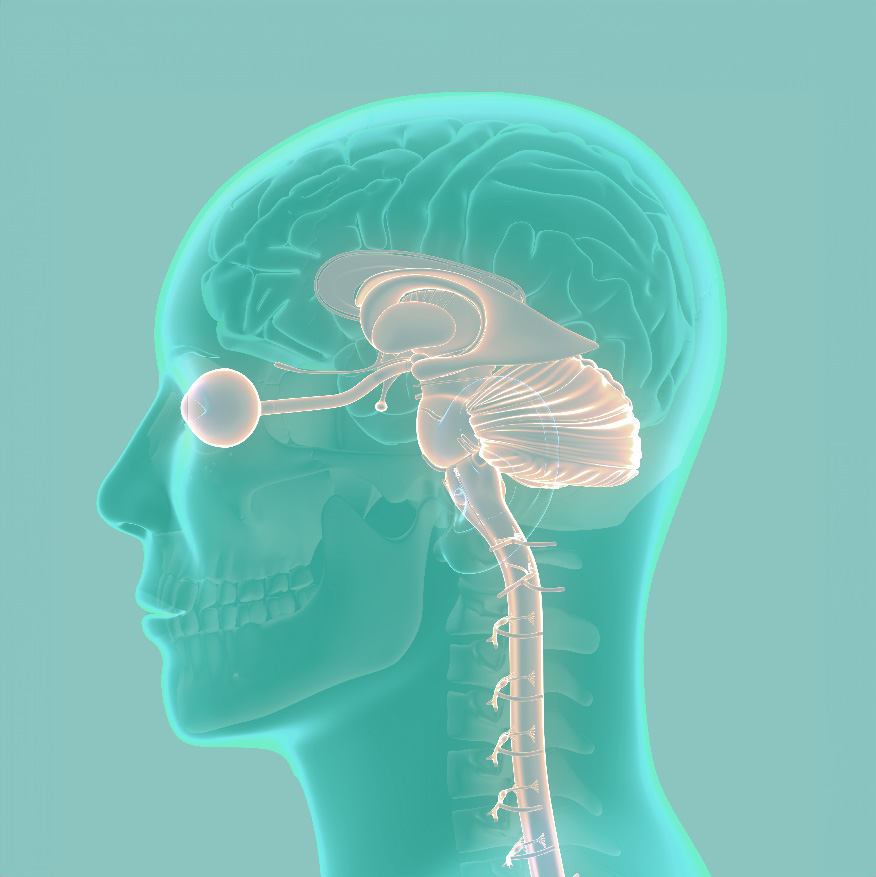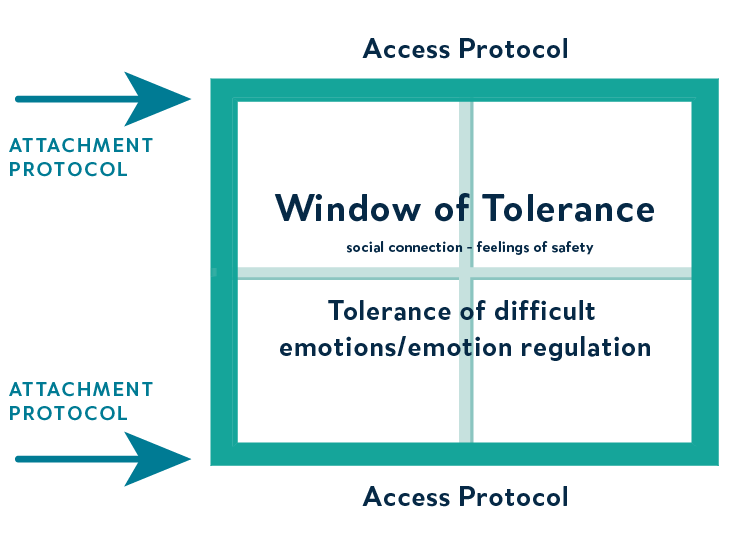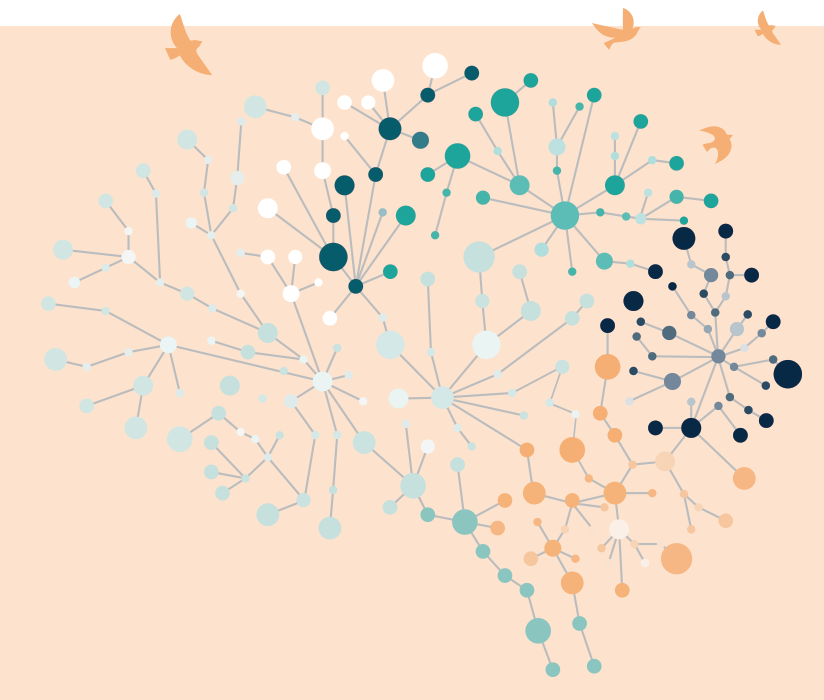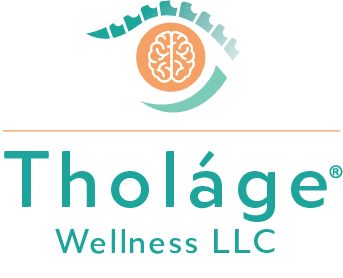Detailed Neuroscience of Tholáge®
In Tholáge®, the Access Protocol helps people move directly inside the Window of Tolerance (WoT). It uses a specific eye movement, held in place at a specific angle for a set amount of time, which research shows activates the locus coeruleus (LC). Then the LC, in turn, douses almost the entire brain, and the spinal cord, in norepinephrine (NE).
Research shows NE then activates the basal lateral amygdala (BLA), also known as the emotional-memory center of the amygdala. This is a very different effect on the amygdala than the eye movements of EMDR, which have been shown to suppress the threat assessment center of the amygdala, and fear, more so than to access emotions and memories.

Help Patients Rewire their Brains with the Tholáge® Approach
Research also shows practitioners should activate this LC/NE system to help address mental disorders. At Tholáge®, we theorize it is helpful because emotion suppression (ES) is transdiagnostic of mental disorders such as depression, anxiety, trauma, eating and feeding, OCD and many more.
Further, NE activates the ventromedial prefrontal cortex (vmPFC), a different part of the cortex than EMDR activates. The vmPFC is theorized to allow for the creation of emotions, which can be empowering for clients.
Also, in Tholáge®, there is also a protocol called the Attachment Protocol, which helps people move inside the WoT, indirectly. This protocol is quite novel. The Attachment Protocol has been shown to create a response in the human body demonstrated in the literature to access oxytocin (OXT) and dopamine (DA).
Importantly, the most recent literature states that the future of treating trauma is through the use of OXT. Tholáge® helps people access OXT without pills. Research also shows that the “stuckness” of traumatic memory can be unstuck with both OXT and DA. And OXT also helps increase neuroplasticity.
Tholáge® Approach



